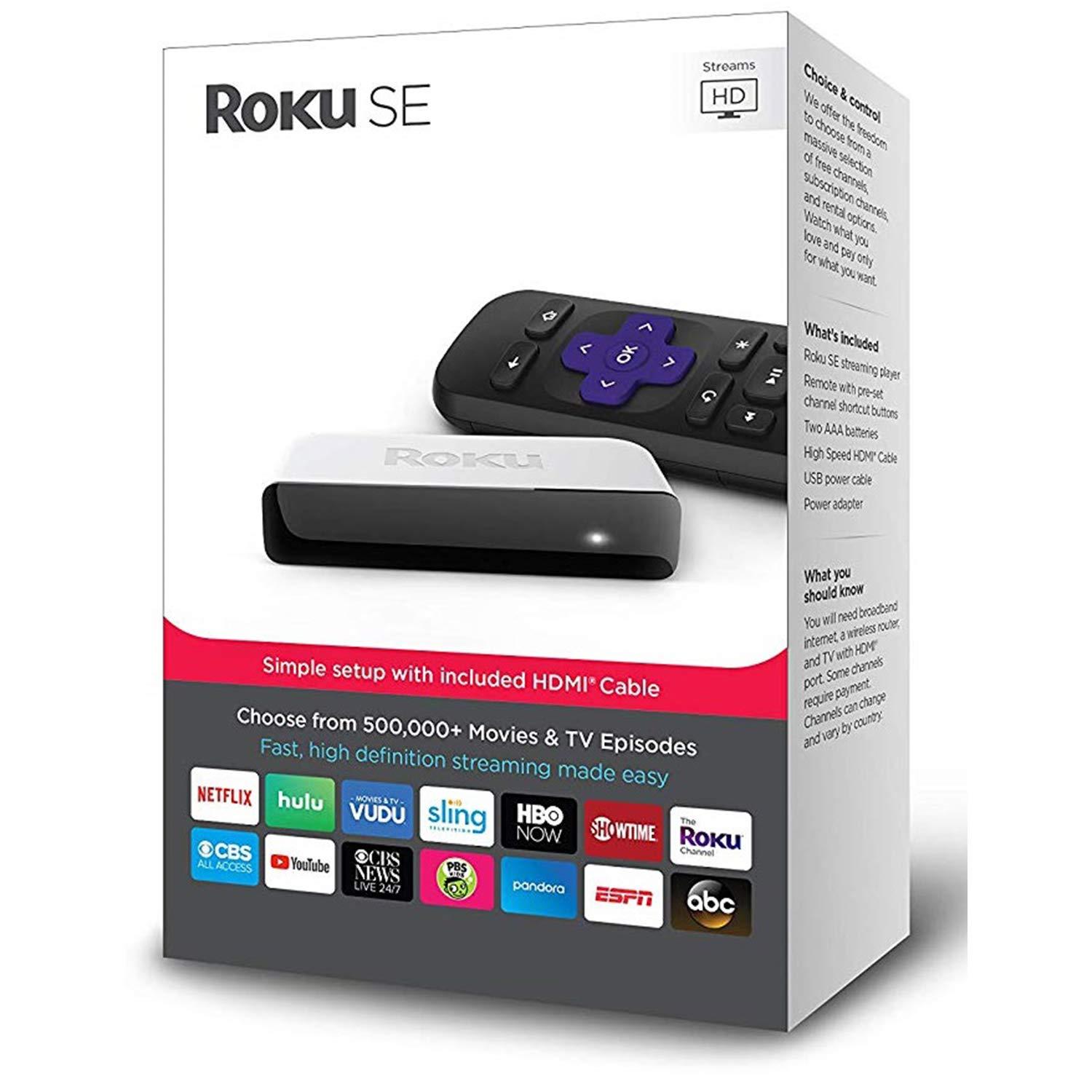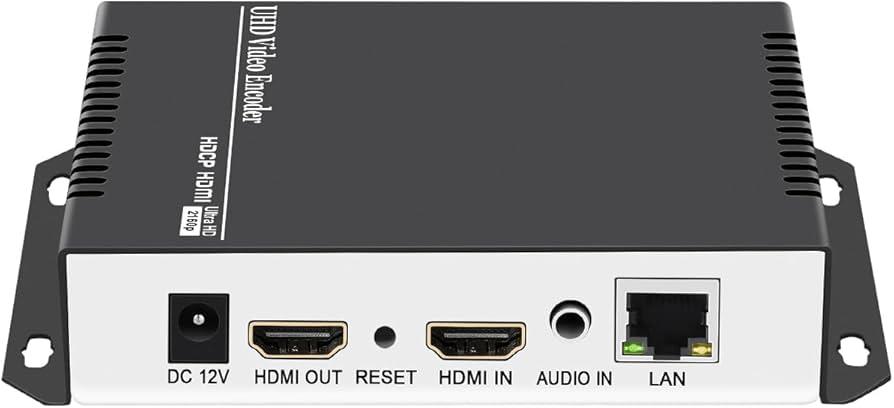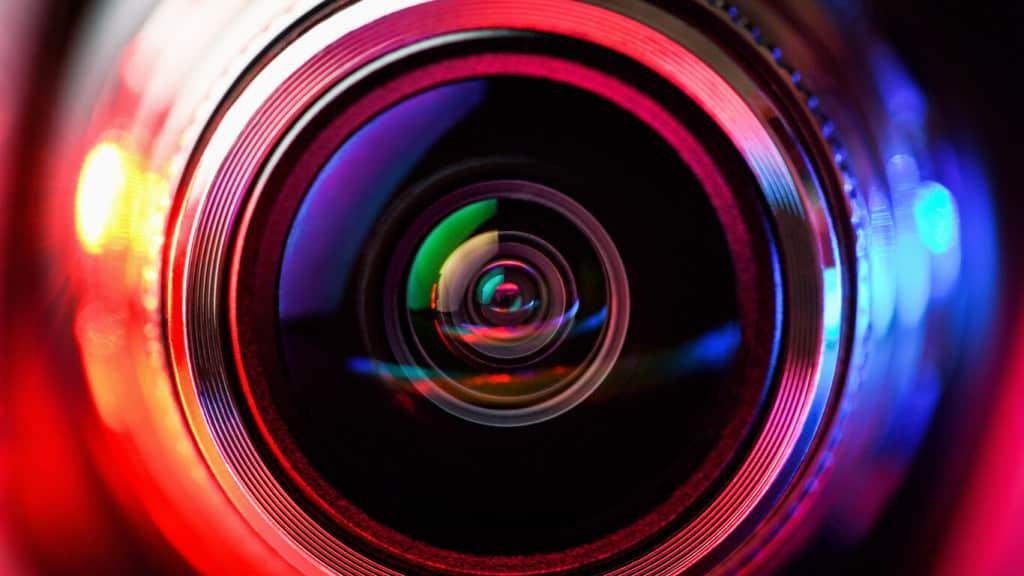In the ever-evolving landscape of digital entertainment, where the click of a button can transport us to distant worlds or bring beloved characters into our living rooms, streaming in high definition stands as the golden standard of modern viewing. As pixels transform into vibrant tapestries of color and sound, the quest for the ultimate viewing experience becomes an exhilarating journey into the heart of technology. This article serves as your definitive guide through the intricate maze of HD streaming, unraveling the complexities and illuminating the path to pristine picture quality and seamless playback. Whether you’re a seasoned streamer or a curious newcomer, prepare to dive into the world of high definition with confidence and clarity, armed with everything you need to know to elevate your viewing experience to breathtaking new heights.
Understanding High Definition Streaming Technology
High definition streaming technology is a marvel of modern digital communication, enabling the delivery of crisp, clear, and detailed video content directly to our screens. It operates by compressing large video files without sacrificing quality, allowing seamless transmission over the internet. This technology hinges on several critical components:
- Compression Algorithms: Advanced codecs like H.264 and HEVC play a pivotal role in reducing file sizes while maintaining quality, making it feasible to stream high-definition content without excessive buffering.
- Bandwidth Efficiency: Efficient use of bandwidth is essential for uninterrupted streaming. Adaptive bitrate streaming dynamically adjusts the video quality based on the user’s internet speed, ensuring a smooth viewing experience.
- Content Delivery Networks (CDNs): These networks distribute video content across multiple servers worldwide, reducing latency and improving load times by serving content from a server closer to the viewer’s location.
With these technologies working in harmony, viewers can enjoy everything from live sports events to cinematic films in stunning high definition, bringing an unparalleled level of immersion and detail to the digital entertainment landscape.

Essential Hardware and Software for Optimal Streaming
Achieving the perfect high-definition streaming experience requires a harmonious blend of the right hardware and software. To start, a robust internet connection is crucial. Aim for at least 25 Mbps for seamless HD streaming, and consider a wired Ethernet connection to avoid wireless interference. Next, invest in a high-performance router. Look for features like dual-band support and Quality of Service (QoS) settings to prioritize streaming traffic over other activities.
On the hardware front, ensure your streaming device—be it a smart TV, gaming console, or dedicated streaming box—supports HD or 4K resolution. Devices like the Roku Ultra, Apple TV 4K, or the Amazon Fire TV Stick 4K are excellent choices. Additionally, don’t overlook the importance of a good-quality HDMI cable to maintain video and audio fidelity. On the software side, keep your streaming apps updated to the latest versions to benefit from performance improvements and new features. Consider using VPN services to access geo-restricted content and protect your privacy. Together, these elements create a foundation for an unparalleled streaming experience.

Maximizing Your Internet Connection for Seamless HD Playback
Ensuring a smooth and buffer-free HD streaming experience involves optimizing your internet connection to handle high data rates. Start by confirming your internet speed is sufficient; for HD playback, a minimum of 5 Mbps is recommended, though faster speeds are preferable for consistent performance. Use a wired Ethernet connection whenever possible, as it offers more stability and speed compared to Wi-Fi. If you must use Wi-Fi, position your router centrally and ensure it’s using the least congested channel. Upgrading to a dual-band or mesh network system can also help manage household traffic more efficiently.
- Limit Background Activity: Close unnecessary applications and tabs that consume bandwidth.
- Update Hardware: Ensure your modem and router are up to date to support the latest internet standards.
- Prioritize Streaming Devices: Use Quality of Service (QoS) settings to allocate more bandwidth to streaming devices.
- Regular Maintenance: Restart your router periodically and check for firmware updates to maintain optimal performance.

Expert Tips for Enhancing Your High Definition Streaming Experience
To truly elevate your high-definition streaming experience, consider these expert strategies. First and foremost, ensure your internet connection is robust. An ideal setup includes a broadband connection with a minimum speed of 25 Mbps for uninterrupted HD streaming. Next, invest in a high-quality router that supports dual-band frequencies, as this can significantly reduce buffering by minimizing interference.
- Optimize Your Device Settings: Adjust the streaming quality settings on your device to match your internet speed, and ensure your device’s software is up to date for the best performance.
- Minimize Background Activity: Close unnecessary applications and tabs that might be consuming bandwidth, and pause any background downloads to prioritize streaming.
- Utilize Ethernet: For the most stable connection, consider using an Ethernet cable instead of relying on Wi-Fi, especially for stationary devices like smart TVs or desktop computers.
Lastly, remember to clear cache and cookies regularly on your streaming device to prevent data overload and potential lag. By implementing these tips, you can enjoy a seamless and crystal-clear viewing experience.




